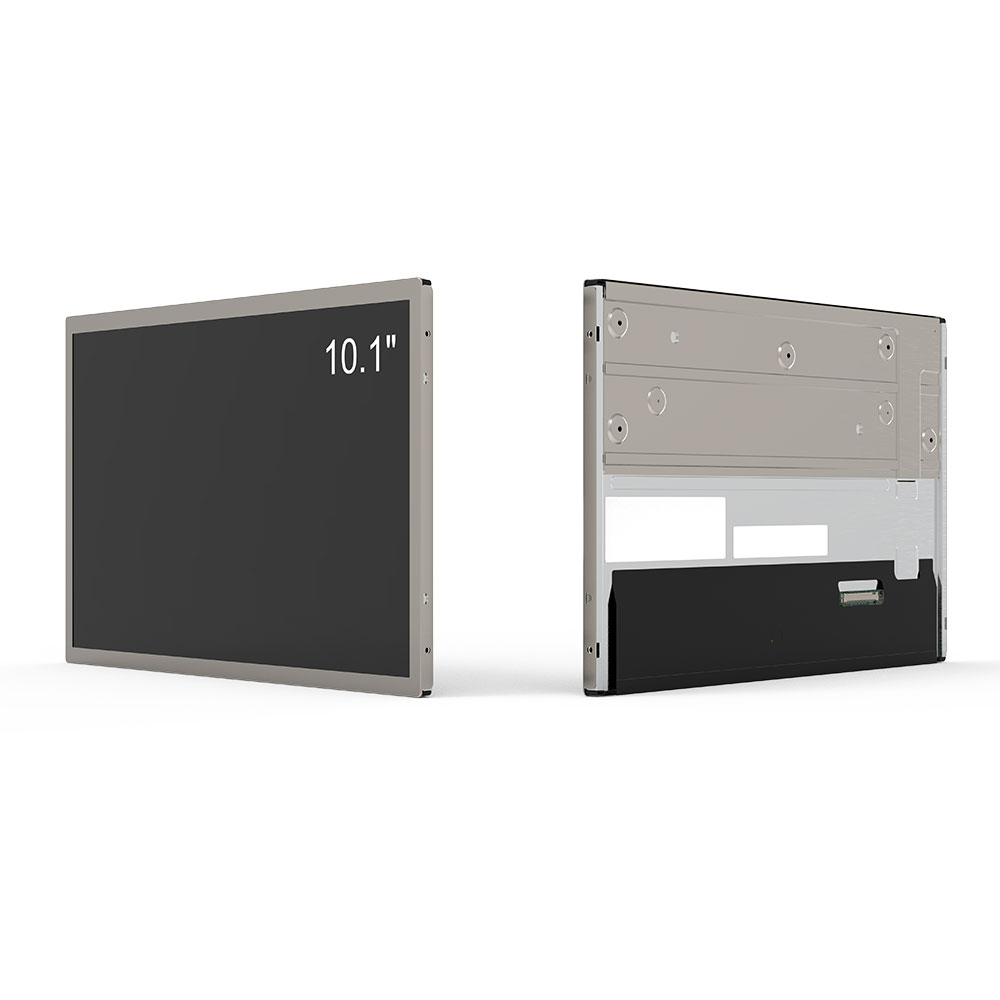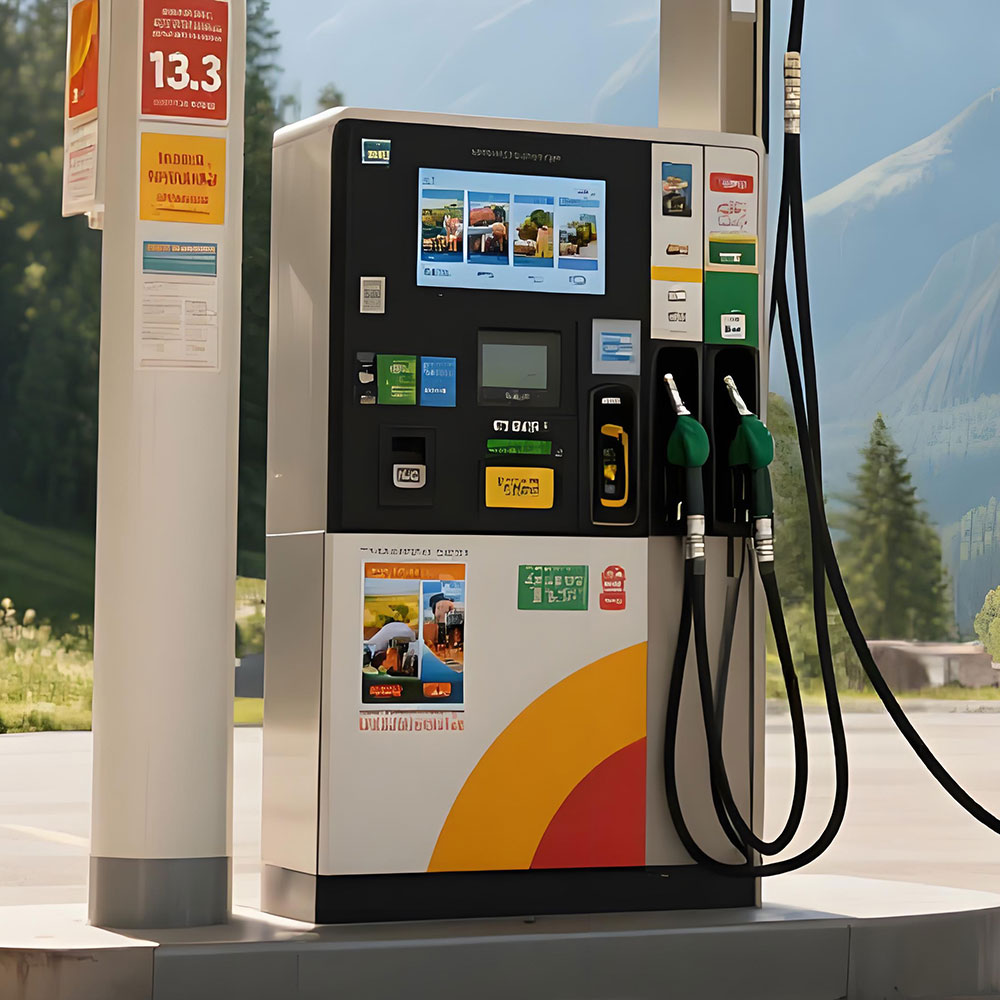옥외 LCD 스크린은 현대 도시 환경에서 필수 불가결 해 광고, 공공 정보 보급 및 스마트 도시 인프라에 중요한 도구로 사용됩니다. 도시가 더 조밀하고 디지털 참여가 증가함에 따라 극한의 기상 조건에서 안정적으로 작동 할 수있는 내구성있는 고휘도 디스플레이에 대한 수요가 급증했습니다. 이 기사에서는 밝기 최적화, 환경 복원력 및 고급 제어 시스템과 같은 실외 LCD 화면의 핵심 기술을 탐색하고 운송, 소매 및 공공 안전과 같은 산업 전반의 실제 응용 프로그램을 조사합니다. 국제 전기 기술위원회 (IEC) 및 영화 및 텔레비전 엔지니어 협회 (SMPTE) 와 같은 조직의 산업 표준을 바탕으로 글로벌 배포의 사례 연구와 함께 엔지니어, 조달 관리자 및 의사 결정자에게 권위있는 통찰력을 제공합니다. 실외 디스플레이 솔루션을 구현하거나 업그레이드하려고합니다.
실외 LCD의 가장 중요한 사양 중 하나는 nits (평방 미터당 candela) 로 측정 된 밝기입니다. 실내 디스플레이는 일반적으로 300-500 nits에서 작동하지만 실외 스크린은 직사광선 아래에서 볼 수 있도록 5,000 nit를 초과해야합니다. 이는 LED 백라이트 및 로컬 디밍 기술의 혁신을 주도했습니다. 예를 들어, 2023 년 IEEE Transactions on Consumer Electronics에서 발표 한 연구에 따르면 OLED 기반 실외 패널은 기존 LCD보다 더 나은 대비 비율로 최대 7,000 nit을 달성 할 수 있지만 현재 대규모 설치에는 비용 효율적이지 않습니다. 대조적으로, 향상된 디퓨저 필름 및 눈부심 방지 코팅이 적용된 LED 백라이트 LCD는 성능, 수명 및 경제성의 균형으로 인해 지배적 인 선택으로 남아 있습니다. 이러한 패널은 종종 주변 광 레벨에 따라 휘도를 조정하여 전력 소비를 줄이면서 가시성을 유지하는 적응 형 밝기 센서를 통합합니다. 이는 EU 및 캘리포니아의 에너지 효율 규정에 의해 점점 더 의무화되는 기능입니다.
환경 내구성은 실외 LCD 디자인의 또 다른 초석입니다. IEC 60529 에 의해 정의 된 IP65 및 IP68 등급은 각각 먼지 유입과 워터 제트 또는 침수로부터 보호하기 위해 널리 채택됩니다. 해안 지역 또는 산업 지역에서 사용되는 고급 실외 스크린은 종종 이러한 표준을 초과하며 알루미늄 다이 캐스트 인클로저, 부식 방지 코팅 및 여름에는 과열 또는 겨울에는 동결을 방지하는 열 관리 시스템을 갖추고 있습니다. 두바이 메트로 시스템 (2022) 의 주목할만한 사례 연구는 10 ° C에서 50 ° C의 온도에도 불구하고 능동 냉각 팬과 태양열 백업 장치를 갖춘 맞춤형 설계된 실외 LCD가 18 개월 동안 99.8% 가동 시간을 유지하는 방법을 보여주었습니다. 이러한 신뢰성은 운영 연속성뿐만 아니라 공공 디스플레이 네트워크에 SLA (서비스 수준 계약) 가 필요한 지방 자치 계약 준수에 필수적입니다.

스마트 제어 시스템의 통합은 실외 LCD 기술의 다음 발전을 나타냅니다. 최신 화면에는 원격 진단, 콘텐츠 스케줄링 및 예측 유지 보수 경고까지 지원하는 독점 펌웨어를 실행하는 내장 프로세서가 장착되어 있습니다. 예를 들어, 삼성의 스마트 사이 니지 플랫폼과 LG의 야외 디스플레이 용 WebOS를 통해 사용자는 클라우드 기반 대시보드를 통해 수백 개의 장치를 관리할 수 있어 실시간 업데이트 및 분석을 가능하게합니다. 이러한 플랫폼은 또한 정부 및 의료 배포에서 민감한 데이터를 보호하는 데 중요한 HTTPS, TLS 1.3 및 AES-256 암호화와 같은 보안 통신 프로토콜을 지원합니다. 또한 Digital Signage Today의 2023 년 보고서에 따르면 많은 제조업체가 풋 트래픽 패턴을 분석하고 이에 따라 광고 회전 주파수를 조정하는 AI 기반 콘텐츠 최적화 기능을 제공하여 참여를 최대 30% 까지 증가시킵니다.
적용 측면에서 실외 LCD는 더 이상 광고판이나 환승역으로 제한되지 않습니다. 곡선 형 LED-LCD 하이브리드 화면에 실시간 교통 데이터가 표시되는 서울의 "Digital Twin" 프로젝트부터 구식 거리 간판을 실외 LCD로 구동되는 대화 형 키오스크로 대체하려는 뉴욕시의 이니셔티브에 이르기까지 전 세계 스마트 도시 이니셔티브에서 중추적 인 역할을합니다. McDonald's 및 Starbucks와 같은 소매 업체는 야외 화면을 사용하여 실시간으로 프로모션을 선보이며 지오 펜싱을 활용하여 고객 근접성을 기반으로 현지화 된 광고를 제공합니다. 한편, 응급 서비스는 배터리 지원 LCD 장치가 대피 경로와 대피소 위치에 대한 중단없는 액세스를 제공 한 플로리다의 허리케인 이안 (2022) 에서 볼 수 있듯이 자연 재해 동안 경보를 방송하기 위해 견고한 실외 디스플레이에 의존합니다.
제조업체는 장기적인 성능을 보장하기 위해 엄격한 품질 보증 프로세스를 준수해야합니다. ISO 9001 인증은 여전히 기본 요구 사항이지만 Sharp, Panasonic 및 NEC와 같은 주요 브랜드는 단 30 일 만에 5 년간의 실외 노출을 시뮬레이션하는 AAT (accelerate aging test) 를 구현하여 더욱 발전합니다. 이러한 테스트는 UV 방사선, 온도 사이클링 및 습도 극한 하에서 색상 정확도, 픽셀 균일 성 및 응답 시간 저하를 평가합니다. 또한 RoHS 준수 (유해 물질 제한) 및 도달 (화학 물질의 등록, 평가, 승인 및 제한)








